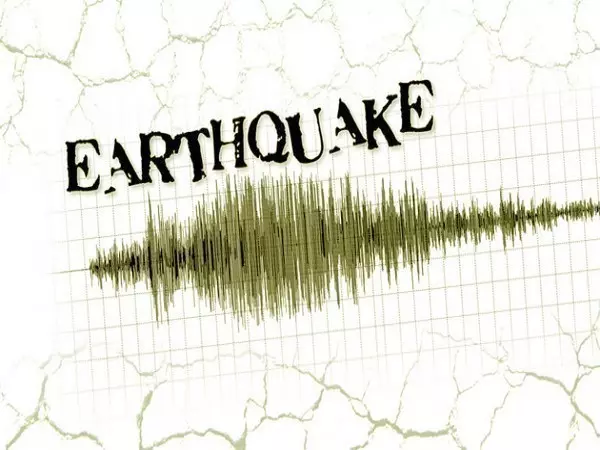Experts Urge Earthquake-Resistant Techniques for Hyderabad’s High-Rises

Hyderabad:In the wake of Wednesday's earthquake, architects believe that high-rises and key installations should be constructed using modern earthquake-resistant techniques.
According to S.P. Anchuri, an architect and structural engineer, Hyderabad’s seismic risk is low, but certain areas with loose soil, or older structures, could be vulnerable to strong earthquakes.
Incorporating modern earthquake-resistant techniques during construction and retrofitting existing structures, especially heritage sites and older buildings, was essential for long-term safety, he said.
"Collaboration between urban planners, engineers, and disaster management authorities can help maintain the city’s resilience. But the irony is that there is no stringent governmental mechanism to monitor the new or old constructions in terms of any safety or soundness of the structures,"Anchuri told Deccan Chronicle.
Buildings are subjected to various types of loads, with vertical loads caused by gravity being relatively easy to transfer to the ground. Lateral
or horizontal loads, primarily caused by strong wind and earthquakes, require the building’s frame to be specifically designed to handle these
forces.
For buildings up to 10 storeys, 'moment-resisting frames' are generally sufficient to bear lateral loads. Taller structures, however, require the
use of special structural systems with ductile detailing.
The GHMC has no mechanism to conduct a structural analysis of buildings taller than 15 metres, about their being earthquake-resistant.
In smaller buildings, framing is observed at multiple levels, such as the plinth, lintel, or similar intermediate points, to provide support and
distribute loads effectively. "While it's not possible to build an earthquake-proof building, earthquake engineering and earthquake-resistant
building technology can help prevent earthquake damage to people and property,” Anchuri said. “AI is going to help in this sector too."
Wednesday’s earthquake was an alert, he said. “Newly-built spaces must follow the revised IS earthquake codes in designs. Home buyers should insist on such compliance."
Dr Pravin Venkat Rao, assistant professor at IIIT Hyderabad’s Earthquake Engineering Research Centre, explained that earthquake-resistant building design focused on minimising damage and ensuring safety during seismic events.
“Unlike ‘earthquake-proof’ buildings, which are impractical and excessively costly due to the rarity of strong earthquakes in the region,
quake-resistant buildings are designed to withstand shaking without collapsing,” Prof. Venkat Rao explained.
“While these buildings may suffer damage, such as cracks, their structural integrity is maintained to prevent catastrophic failure and protect
occupants.”
He explained that the design process prioritises safety, particularly for hospitals, fire stations and emergency response centres. Seismic design
involves controlling damage to acceptable levels. Some cracks are normal and do not indicate a safety risk, such as those between columns and masonry walls.
“More severe damage, like diagonal cracks in structural columns, is unacceptable. Engineers are trained to assess the causes and severity of
earthquake-related damage, ensuring that it is within safe limits,” Prof.Venkat Rao said.
Standards such as IS 1893: Part 1 guide the design of earthquake-resistant buildings, balancing safety, cost, and functionality. By adhering to these codes, engineers ensure that buildings resist seismic forces, protecting lives and minimising disaster impact.
An earthquake-resistant house:
Structural design: Follow minimum requirements and final design.
Use quality materials: Use premium quality iron billets and iron ore pellets
for strength.
Reinforce walls and roofs: Use techniques like shear walls and bracing to
reinforce walls, roofs, and other structural components.
Cross-bracing: Use a cross-bracing system with diagonal supports that
intersect to transfer seismic loads back to the ground.
Flexible foundation: Use a flexible foundation to isolate the foundation
from the ground.
Shock absorbers: Use shock absorbers to dampen the shock.
No ground floor columns: Avoid placing columns on the ground floor.
Moment resisting frames: These allow beams and columns to bend while the
joints remain rigid.
Drainage: Ensure the roof's drainage system is working properly so that water flows into the drainage without damaging the floors underneath.

